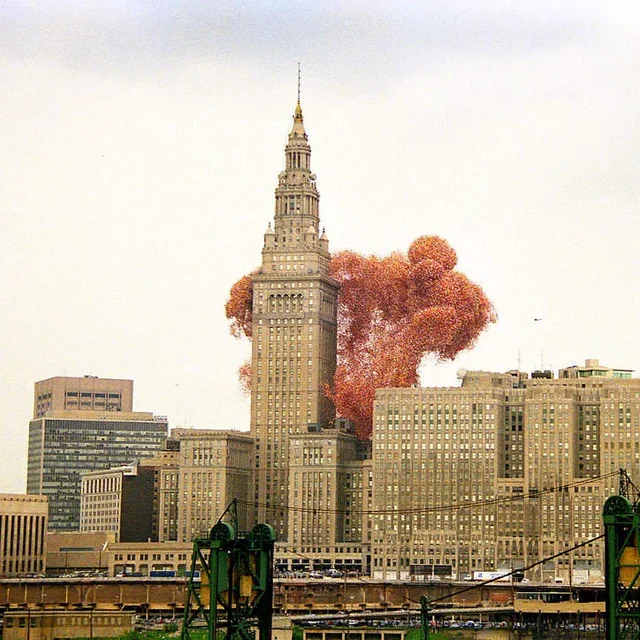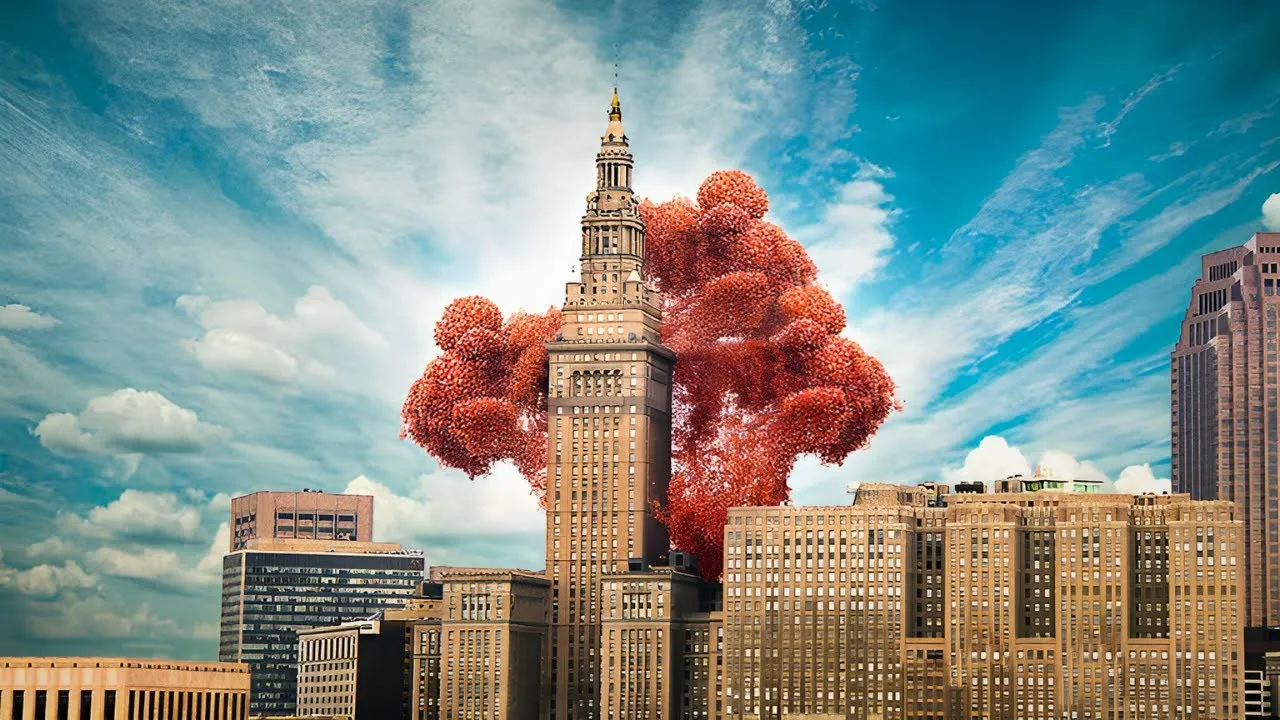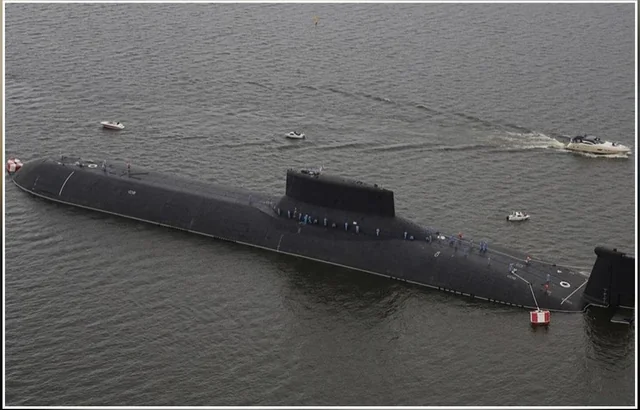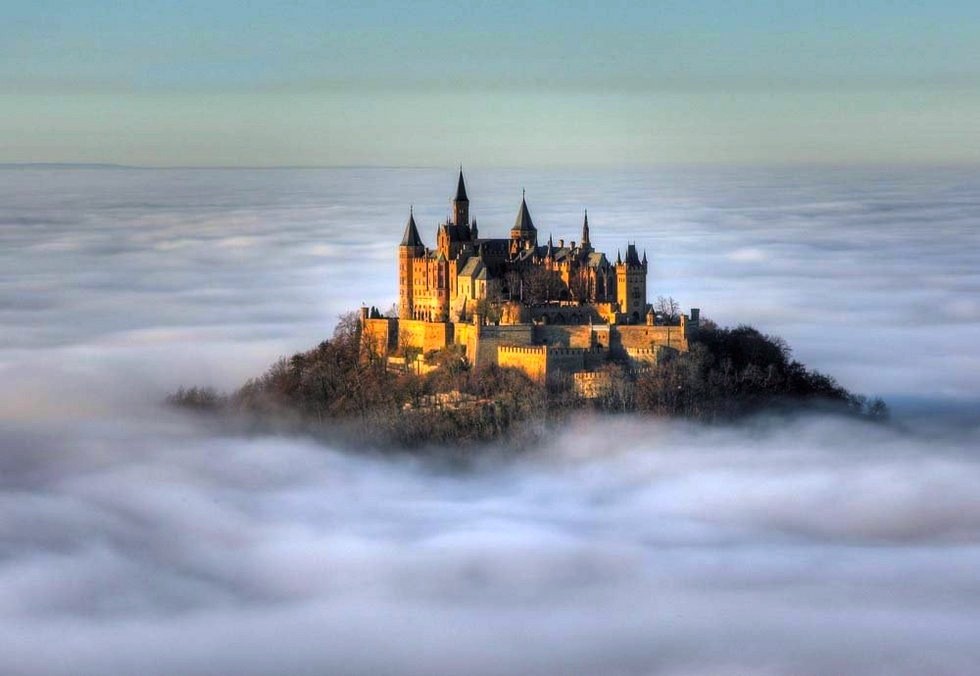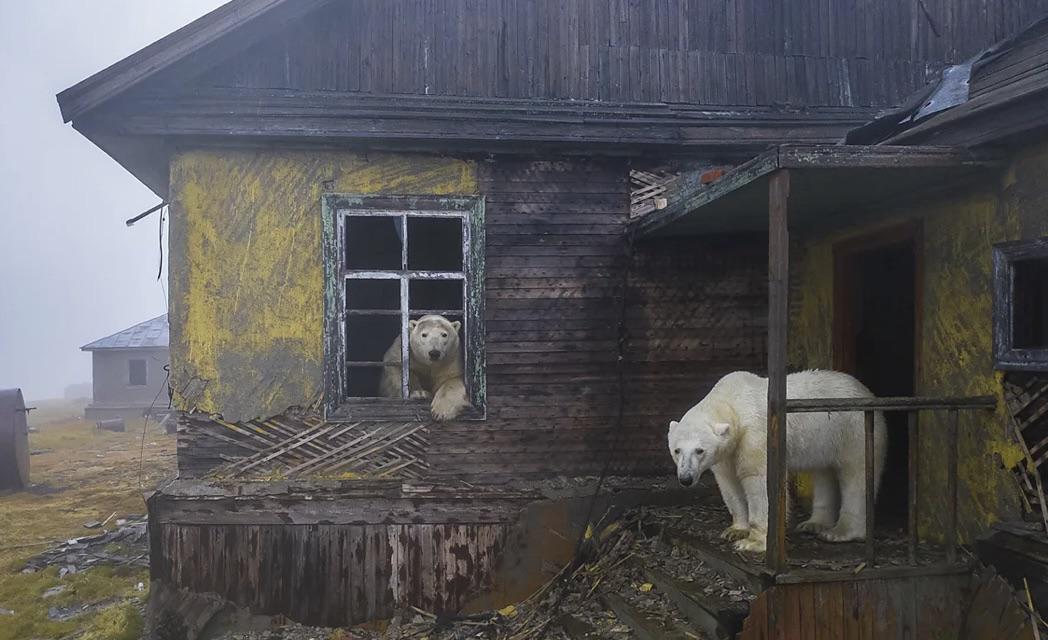On September 27, 1986, the city of Cleveland attempted to make history. With the help of over 2,500 volunteers, organizers of Balloonfest ’86 set out to launch 1.5 million balloons into the sky—an event meant to be both a charitable fundraiser and a world record-breaking spectacle. The idea was simple: fill the air with color, create an unforgettable visual, and raise money for the United Way of Cleveland.

But what was meant to be a joyful celebration quickly turned into an environmental and logistical disaster—one that would leave a lasting mark on the city’s history.
In the early hours of that September morning, volunteers worked tirelessly in Cleveland’s Public Square, inflating balloons inside a massive, mesh-covered structure designed to hold them all in place. The anticipation built as people gathered to witness the moment when the balloons would be released, creating what organizers hoped would be a magical, world-record-breaking event.
At exactly 1:50 PM, the net was lifted, and in an instant, 1.5 million balloons erupted into the sky. The sight was breathtaking—a cloud of red, blue, yellow, and white orbs floating up against the backdrop of Cleveland’s skyline and Lake Erie. Spectators cheered, marveling at what seemed to be a perfectly executed event.
What no one anticipated was where all those balloons would go next. Instead of drifting high into the atmosphere and disappearing, the balloons met an unexpected force—a cold front moving in over the city. The wind pushed them back downward, sending thousands of balloons into Lake Erie, city streets, and even local airports.
The aftermath of the event was anything but celebratory. The sheer volume of balloons caused chaos across the city:
-
Traffic Accidents: Drivers swerved and crashed as balloons obscured visibility on roads.
-
Airport Closures: The mass of balloons caused flight delays and safety concerns at Burke Lakefront Airport.
-
Environmental Damage: Instead of harmlessly popping and disintegrating, the balloons littered the landscape and waterways, creating a long-term environmental issue.
-
A Tragic Search-and-Rescue Effort: Perhaps the most devastating consequence was the impact on a search for two missing fishermen on Lake Erie. The Coast Guard had been looking for the men but found it impossible to spot their boat amid the thousands of floating balloons. Tragically, both men drowned, and their families later sued the event organizers.
What started as an attempt at breaking a world record and raising money for charity became a powerful lesson in the unintended consequences of large-scale stunts. Instead of setting a positive example, Balloonfest ’86 became a cautionary tale about environmental impact, public safety, and the risks of prioritizing spectacle over foresight.
In the years since, similar large-scale balloon releases have been banned or highly regulated, as cities and environmental groups recognize their harmful effects on wildlife, marine ecosystems, and local infrastructure.
Cleveland’s Balloonfest 1986 remains one of the most infamous publicity stunts in history—a story of how good intentions can sometimes lead to disastrous outcomes. The images of that day—a sea of balloons filling the sky, then later covering the city in chaos—serve as a lasting reminder that even the most beautiful ideas need careful consideration before becoming reality.
